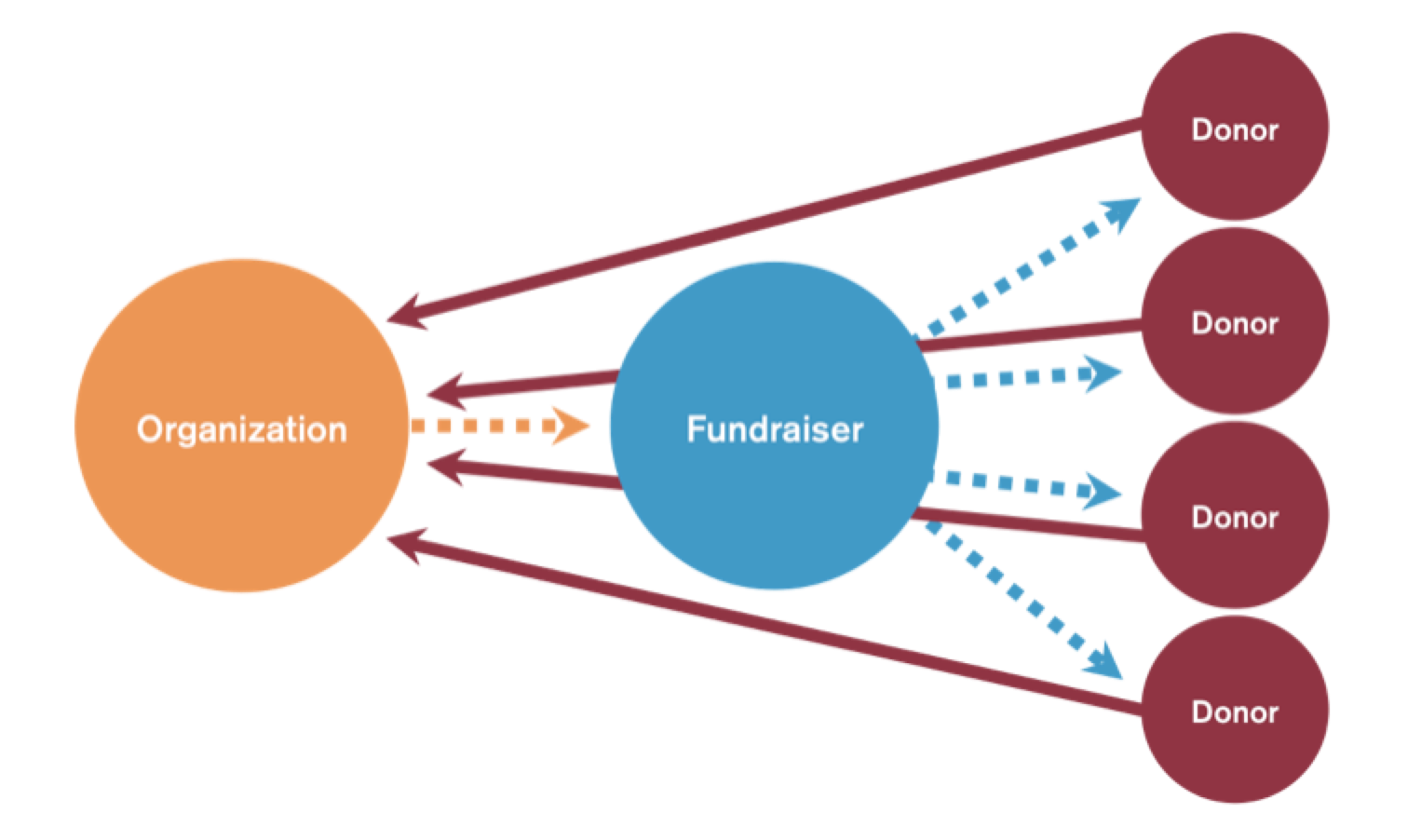Three Reasons People Participate In Your Peer-to-Peer Event
My roommate Brittany is running an obstacle race on Saturday – in Las Vegas. Given the briskness of April in Chicago (which is really just a sunny version of winter), I can’t say that I blame her for seeking out west coast sunshine. Nonetheless, the race requires that she take an early shift on Friday and pay for a cross-country flight, two nights in a hotel room, and a not-insignificant registration fee. To some, that transaction – substantial time and money in exchange for a strenuous, arguably dangerous eight mile run – seems laughable, but for her, it’s the formula for a fantastic weekend.
Individuals decide whether or not to participate in an obstacle race, a book club, a political campaign, or your nonprofit fundraising event based on a variety of factors. Sure, the activity is important (and often of paramount consideration in the event fundraising space), but it’s not the only factor at play. Brittany likely wouldn’t have chosen to go to Vegas if it weren’t for a group of close-knit coworkers that are going too. Think about the most important decisions you’ve made in your life – your first job, for example. Before you signed the contract, you didn’t simply consider the activity you’d be performing in your new role; you also considered the personalities and demographics of your coworkers, the company culture, and the proximity of the office to your favorite food truck.
Understanding the multifactorial formula that drives a person to choose participation in a fundraising event over inaction is the first step in attracting high-potential, passionate individuals that will then turn to their networks and say, “Do this 5K/walk/dance marathon with me and raise awareness and funds for [insert your cause].” Fortunately, the complex decision-making process can be boiled down to three highly influential, interlocking forces, or participant drivers.
The three components driving your supporters’ decision to participate (or not) in your peer-to-peer event are:
1. Sympathy for Cause. Do your constituents care about your cause, and, if so, how are you connecting them to it?
2. Identification with Community. Do your constituents feel a sense of belonging to your organization’s network of supporters?
3. Interest in Activity. Are your constituents interested and able to participate in your event?
In our experience as consultants, we’ve gotten under the hood of many of the nation’s largest P2P programs to evaluate why their participation and fundraising numbers didn’t meet goal. Sometimes, the problem lies within the composition of one of the three participant drivers: communications aren’t written or directed toward the right people, the event didn’t create a communal environment, or the activity simply didn’t interest the target audience (which is why simply imitating other events is always a bad idea). Other times, however, programs stall because the three drivers aren’t interlocking and aligning with one another appropriately.
To understand the integral role each driver plays and the importance of aligning them, we at Plenty have created a framework referred to as the Participant Gears. Each gear focuses on a critical area of your program constituents consider during their decision process. Each gear has the power to propel or stall your event growth. Evaluating your peer-to-peer program through the lens of the Participant Gears framework will allow you to consider the importance that each plays in your constituents’ decision-making process while not forgetting its impact on the other factors.
The Participant Gears framework is fully unpacked in our e-book, which provides detailed information on understanding the significance of cause, community, and activity to your core constituents, how to evaluate your peer-to-peer program’s optimization of each, and what to do when the one or more of the gears aren’t interlocking appropriately.
Now, more than ever, your constituents are evaluating peer-to-peer fundraising events – be they 5Ks, IFEs, virtual walks, or marathons – through a multifaceted lens. In order to keep pace with their rapidly evolving expectations, the growing array of options in the nonprofit space, and competition from the for-profit sector (looking at you, TOMS and Amazon Smile), it’s critical to understand what differentiates your organization (mission!) and how to attract those who care most about your cause. Evaluating your program using the Participant Gears framework and through your constituents’ eyes will put your team on course to develop a well-oiled fundraising machine.
Share this
You May Also Like
These Related Stories

3 Questions Your P2P Engagement Strategy Is Missing

A Introduction To Peer-to-Peer Fundraising



Comments (2)